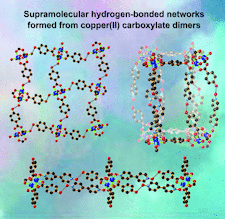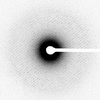issue contents
June 2024 issue

Cover illustration: Outward-directing phenolic/phenolate groups on copper carboxylate dimers have a powerful structure-directing influence, leading to the generation of an assortment of hydrogen-bonded networks. See Abrahams, Commons, Hudson & Sanchez-Arlt [Acta Cryst. (2024), C80, 239–253].
scientific commentaries
 access
accesselectron diffraction
 access
accesscrystallography in latin america


 access
access

research papers


 access
access

 access
access



 access
access
 journal menu
journal menu

























